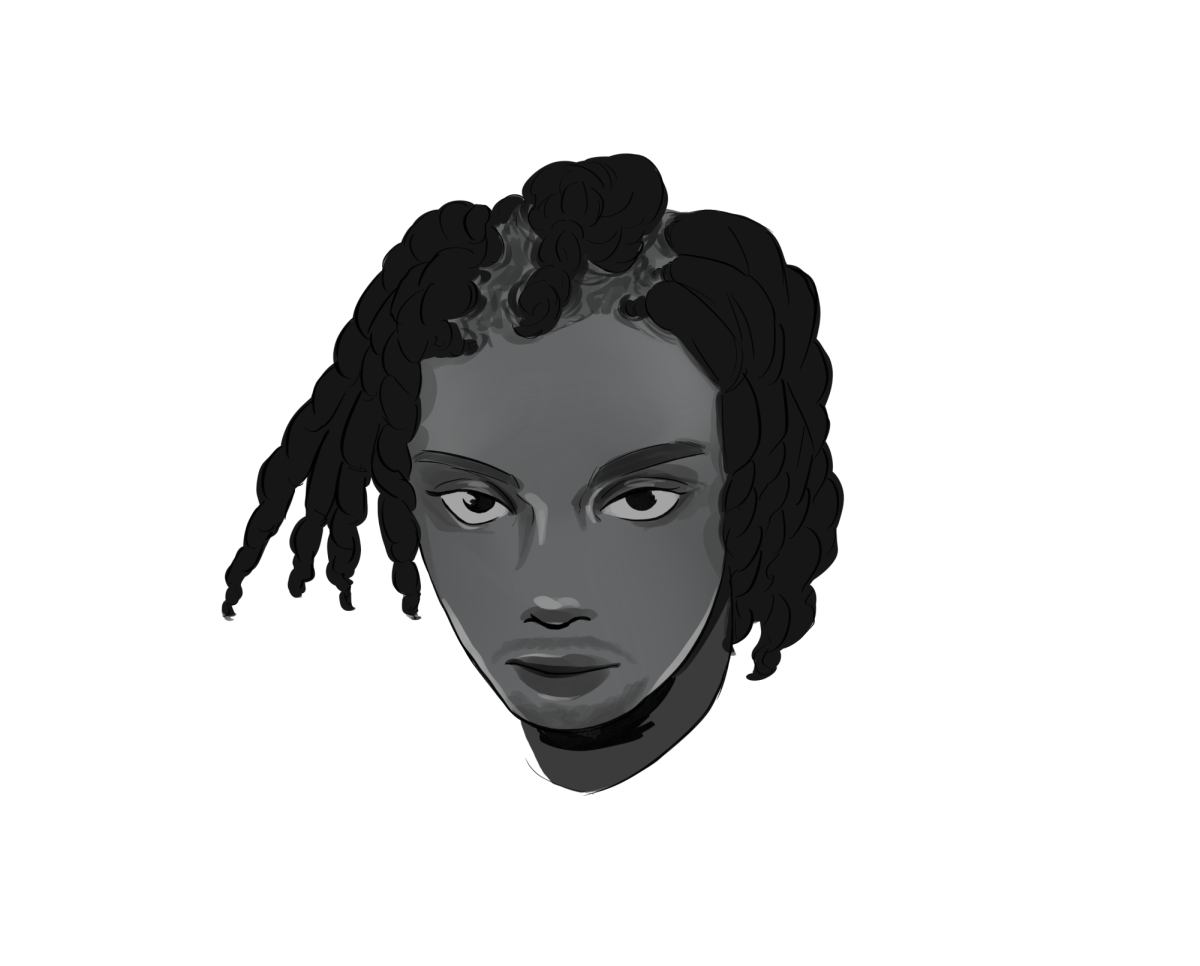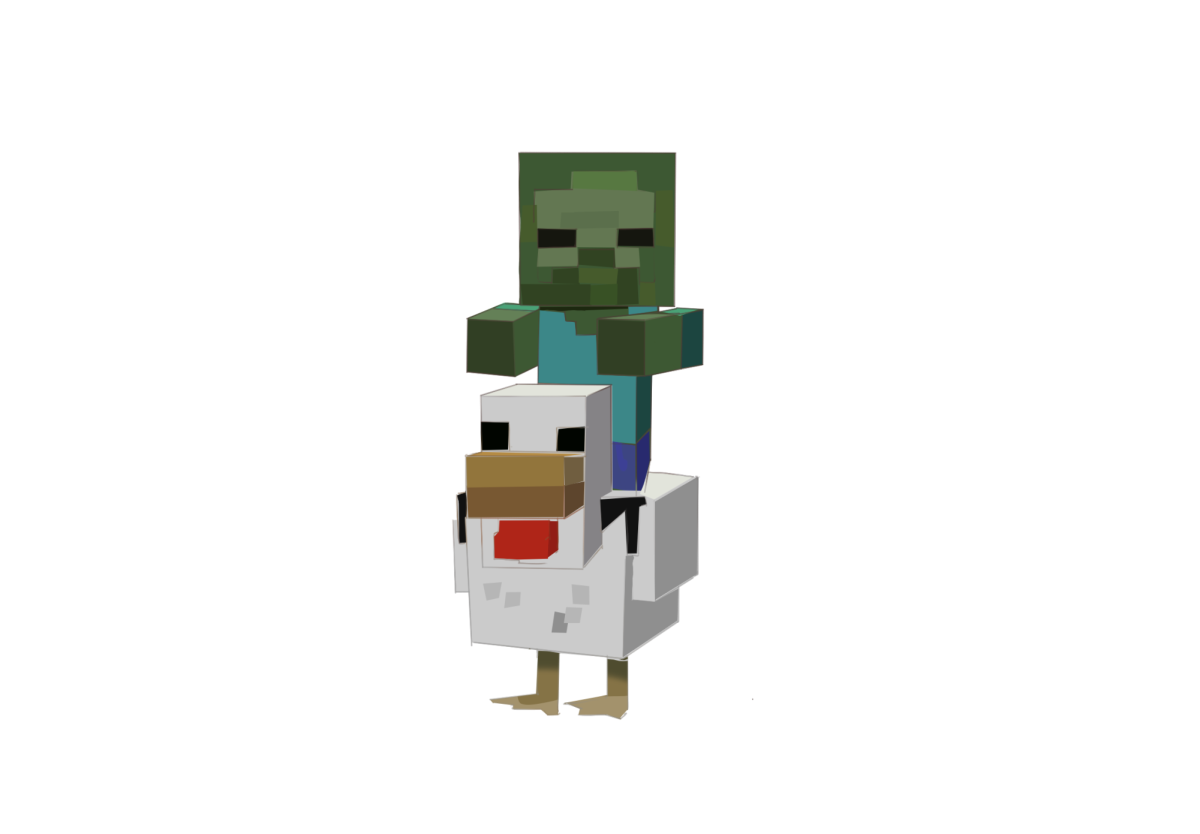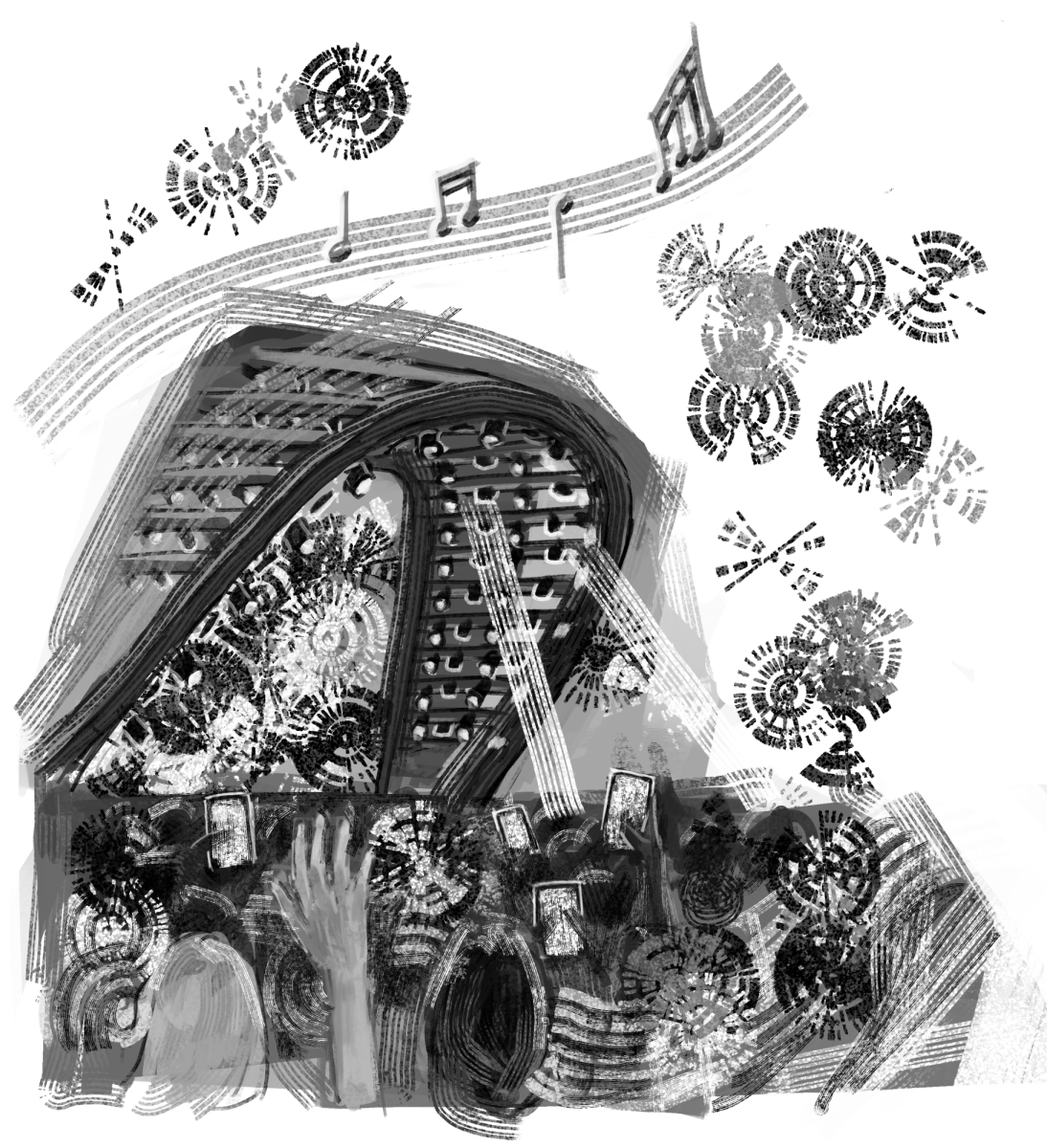“Avatar: The Last Airbender” is one of the most beloved cartoon classics of the 2000s, and is still widely loved by millions of fans to this day. The series ranks number seven on IMDB’s chart of top TV shows and continues to garner between 2.5 to three million monthly streams on Netflix.
The “Avatar: The Last Airbender” animated series, released in 2005, managed to build a rich world with expertly crafted character development that showcased what an animated series could be if executed properly. After seeing its success and timeless appeal, it is no surprise that film studios and platforms have attempted to recreate the magic through a remake.
The live-action series was released on Feb. 22, and is another attempt to capture the magic of the original series for a new audience. The original series follows Aang, the Avatar, and his friends Katara, Sokka and Toph as they try to stop the Fire Nation’s attacks on other nations. Students have shared how the new series is entertaining, but lacks the charm of the original series.
“I wouldn’t say I hate the remake, but I would definitely never choose it over the animation,” senior Rushi Jain said.
There has been massive discussion and controversy surrounding the live action series. Longtime fans feel the changes made to the plot structure and characters undermine the development present within the original series. Fans became even more concerned when, according to Time, the original creators, Michael Dante DiMartino and Bryan Konieztko, left the production in 2020 due to “creative differences.”
One of the most talked-about character changes both in pre-production and after release was the removal of Sokka’s sexism at the beginning of the show. Many fans have argued that this completely undermines the lesson the show was trying to teach young audiences as it pointed out the flaws in Sokka’s worldview.
“Sokka’s sexism is integral not only to his plot but Katara’s and by removing it, they’ve changed what made these characters so fundamentally different from parallels seen in other media,” Jain said. “Katara went from an icon of feminism, breaking the boundaries that her village and society put on her, to someone who is simply complacent; a large part of it is because sokka’s lack of sexism provides a lack of motivation to want to push these boundaries.”
Ian Ousley, the actor who portrays Sokka, spoke out against the backlash surrounding changes to his character in defense of the new series in an interview with Entertainment Weekly. Still, students point out how by removing a character flaw at the beginning of the series, the new series is taking away an integral part and detracting from development.
“They shouldn’t have gotten rid of sokka’s misogyny, it’s such an important lesson for him to learn and such a crucial part of his character development. The message the original show sends with the Kyoshi warriors is so, so, so important especially to young audiences and they really should not have removed that part,” senior Nitya Donthi said.
Casting has also been a major discussion throughout the production of the live-action remake of “Avatar: The Last Airbender,” especially considering the massive controversy surrounding M. Night Shyamalan’s “The Last Airbender” film. The 2010 live-action film was blasted for its initial casting of four white actors in the main roles, with the final version having white actors portraying the three heroes of the film. Fans were outraged by these casting decisions, considering the clear cultural and ethnic identities of these characters.
According to Entertainment Weekly, the Netflix adaptation’s showrunner, Albert Kim, did not watch the 2010 adaptation on purpose, but was aware of the film’s criticisms going into the project.
“I knew what fans didn’t like about it in general, but those kinds of pitfalls weren’t hard to avoid. For instance, an authentic version of the casting, that’s something that we would’ve done regardless,” Kim said in an interview with EW.
There was fear that Netflix’s remake too would suffer from the same issues, however, it appears that the show’s creators have been more conscious in their casting decisions. Fans were relieved to see that the main cast of the show all come from Asian or Indigenous backgrounds.
“I think actors who can embody the essence of their characters is really up there in terms of priority. For ATLA it was vital to cast people from Asian and Indigenous backgrounds because the show draws such heavy inspiration from these cultures, and the original characters reflect those identities. For the most part, the casting directors did well trying to pay homage to the cultures the show is about,” Jain said.
Students agree it is fantastic to see two indigenous women in leading roles, with actresses Kiawentiio Tarbell and Amber Midthunder portraying Katara and Princess Yue, respectively. This is especially true considering that, according to a 2023 article published by The Hollywood Reporter, a study by the Annenberg Inclusion Initiative found that there was only one Native American protagonist in the top 1,600 theatrical films from the last 16 years.
Remakes often do not live up to the hype of their animated counterparts, with fans feeling that the portrayals of their favorite characters and stories fall flat. With changes to characters and plots, remakes are often seen as downgrades from their originals. Unfortunately, this seems to be the case with Netflix’s “Avatar: The Last Airbender” live-action series.
“I’ve seen the first three episodes, and I have mixed feelings about the remake. Visually, it’s a great translation from the original. The set design and costumes are perfect. I think the story and characters fall a little flat though, it feels pretty rushed and many of the characters just aren’t as interesting as they were in the original series,” Donthi said.
If you would like to voice your opinion on an issue you feel is relevant to our community, please do so here. Anyone is able and welcome to submit a Letter to the Editor, regardless of journalistic experience or writing skills. Submissions may be published either online or in a print issue.






